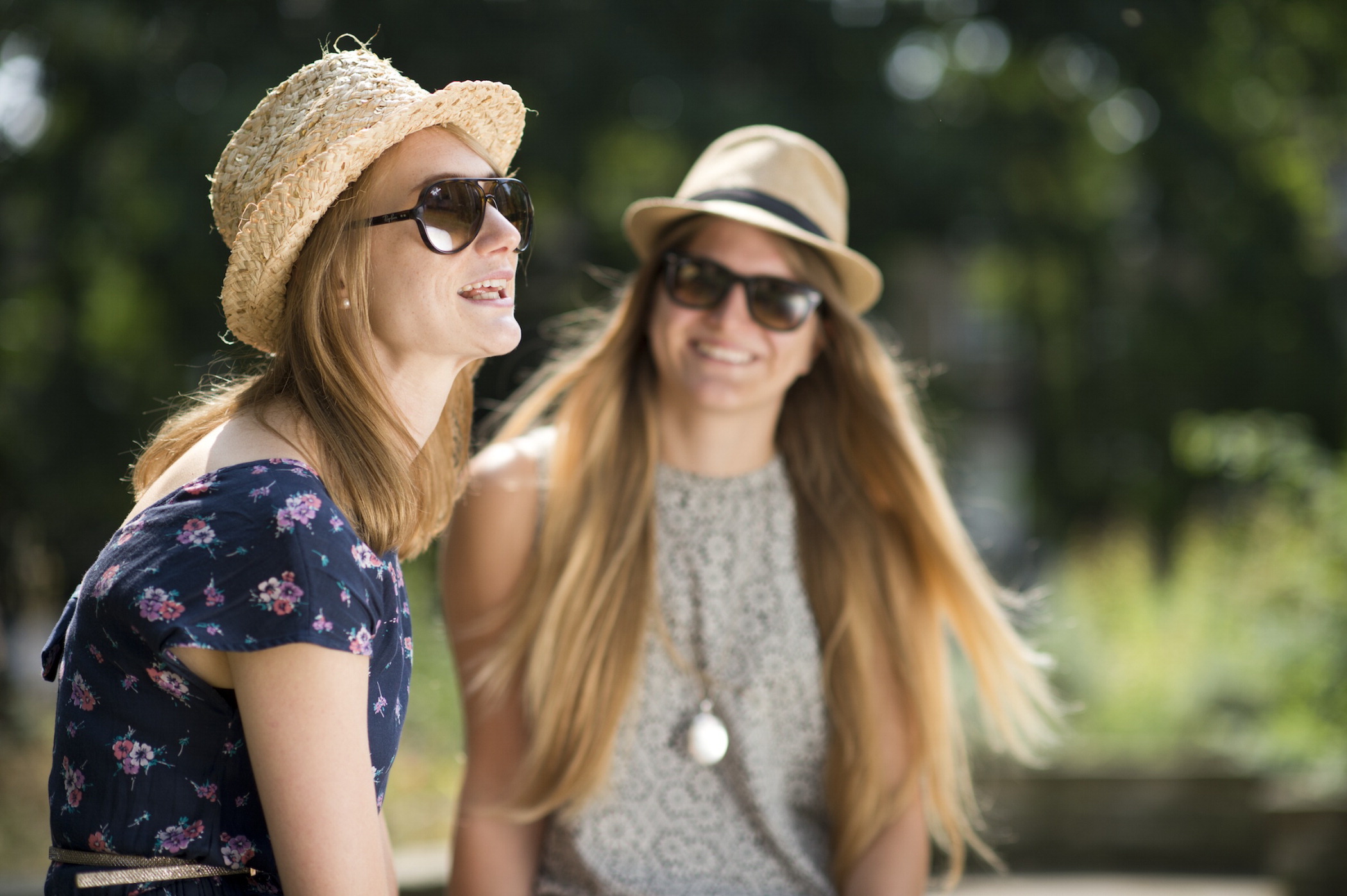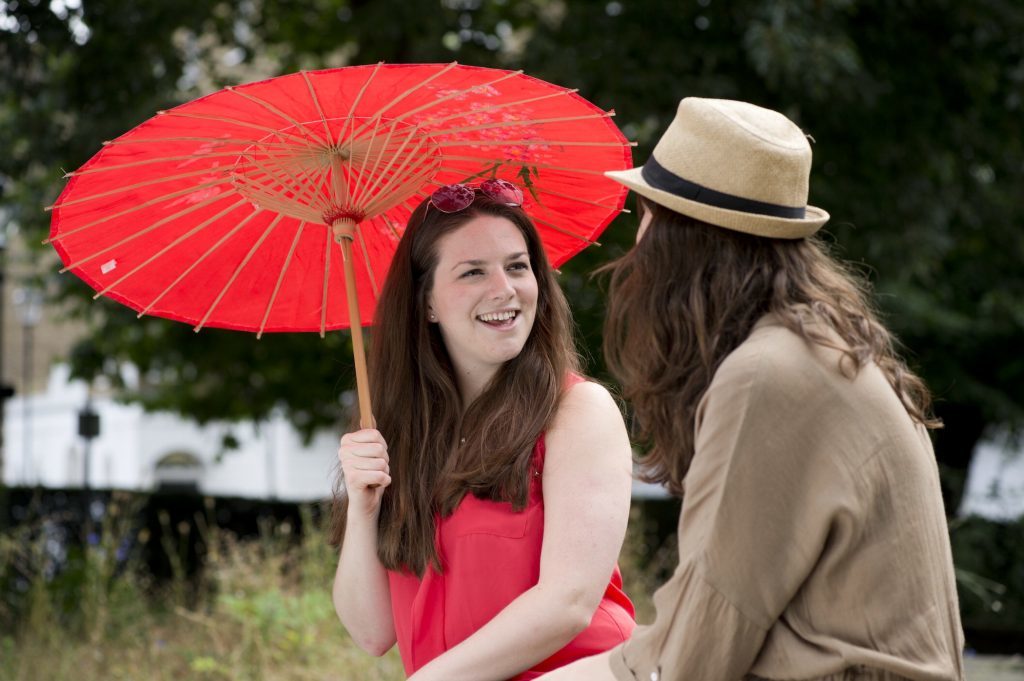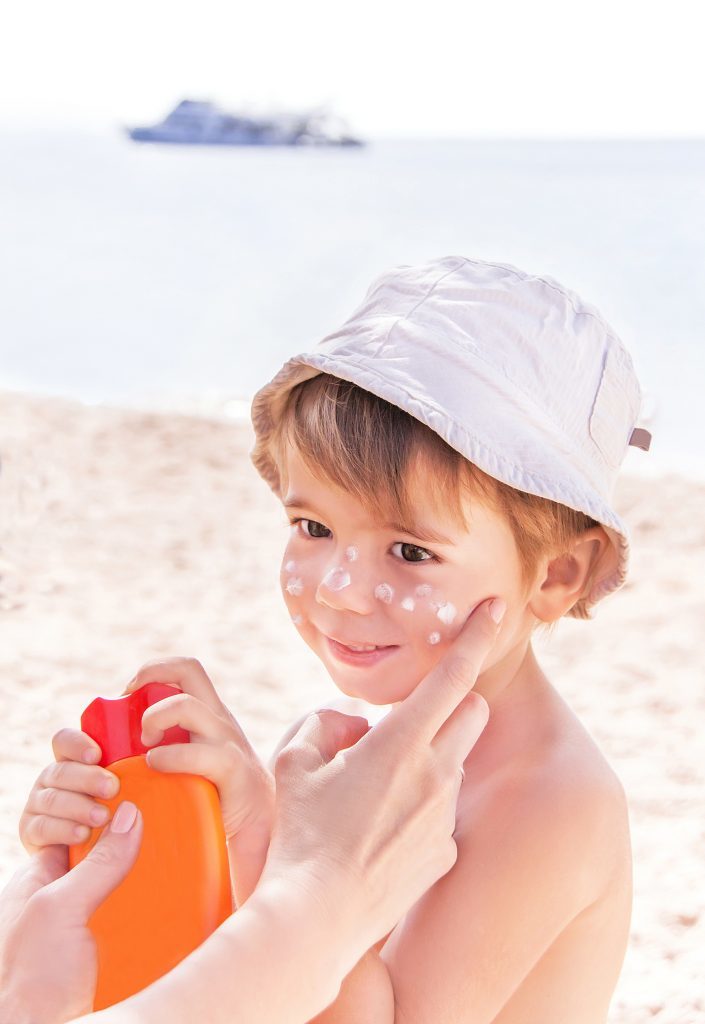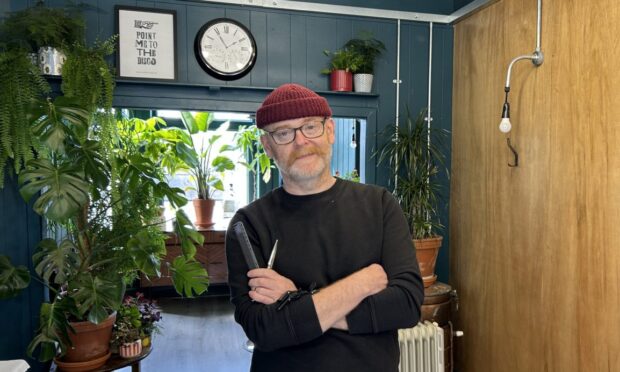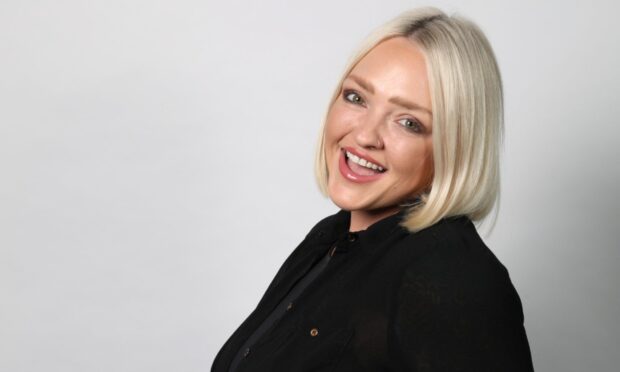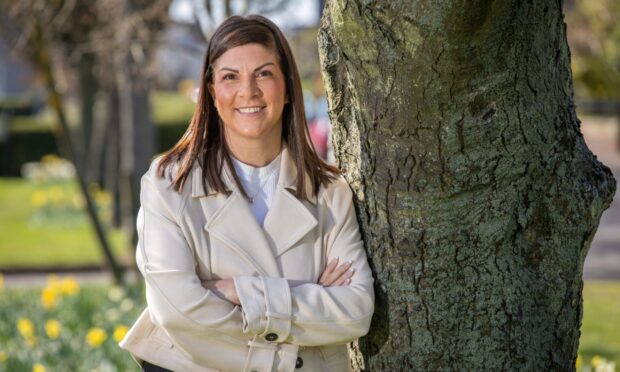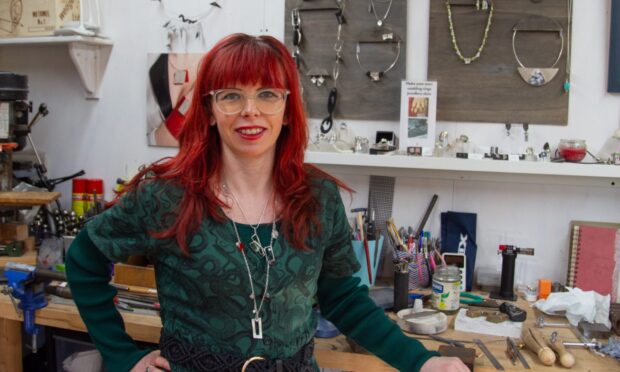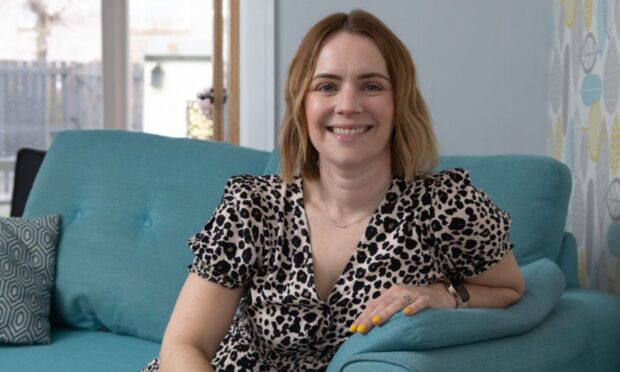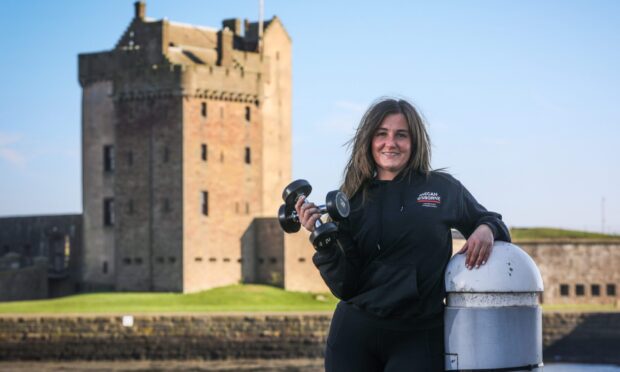OK, so it’s been raining rather a lot in Courier Country lately but in theory, this should be summer.
And with the hope of sunny days to come, Cancer Research UK has launched a new campaign encouraging people to protect their skin in the sun.
Called Own Your Tone, it challenges the belief that having a suntan is healthy and beautiful. Instead, it encourages people to embrace their natural skin colour and guard it from the ageing effects of the sun’s UV rays.
Every year in Scotland around 1,200 people are diagnosed with malignant melanoma, the most serious type of skin cancer and around 180 people die from the disease.
The condition is caused by too much exposure to UV rays, which come from the sun and sunbeds and damages the DNA in skin cells.
Peter Davidson from Dundee was diagnosed with skin cancer in March 2011 and since then, his life has taken on significant changes.
“I cover up at all times and use factor 50 sunscreen,” he says.
“This doesn’t result in pasty skin as we can still benefit from the sun’s rays without causing damage,” he stresses.
Linda Summerhayes of Cancer Research UK in Scotland explains: “We’re launching this campaign to encourage everyone and young people in particular to own their natural skin tone rather than risk their health to get a suntan.”
Linda is keen to dispel the myth that a tan is a sign of health, pointing out that damage builds up over time and young people in particular are less likely to worry now about the long-term impact on their looks and health.
“Exposure to strong sun can lead to coarse, leathery and wrinkled skin from a younger age as well as increasing their risk of developing skin cancer,” she says.
Dr Andrew Affleck, consultant dermatologist at Ninewells Hospital, says it’s all about a healthy balance: “Of course you can enjoy being outdoors on sunny days but be sensible. Wear at least factor 15 sunscreen, keep a hat on and cover up – the last thing you want is to get burned.
“It’s about preserving the healthiness of our skin now and for the future.”
Did you know?
Seek shade when the sun is hottest – usually between 11am and 3pm. You can create your own shade with a beach umbrella or canopy, or take advantage of natural shade under trees.
The sun can be just as strong in the UK as abroad. Beware of getting burnt while you’re out and about, rather than deliberately sunbathing.
If you notice your skin becoming pink or red, you should come out of the sun and cover up to help stop any more damage. Putting on more sunscreen won’t help and doesn’t mean you can stay out safely in the sun for longer.
Even if it’s hazy, misty or breezy you can still get burnt.
Look after your eyes. Choose sunglasses that comply with the British Standard – look on the label for BS EN 1836:1997.
Drink plenty of liquid to prevent dehydration.
If you’re swimming in the sea, don’t befooled by the coolness of the water. The sun’s rays can be amplified, so make sure you have waterproof sunscreen on.
Make sure children wear footwear, as hot pavements and walkways can burn little feet
